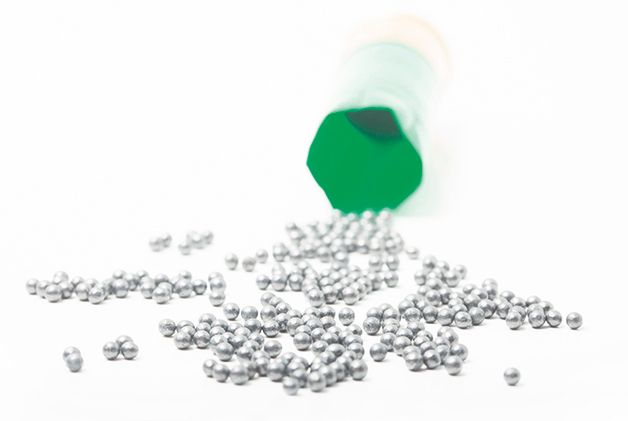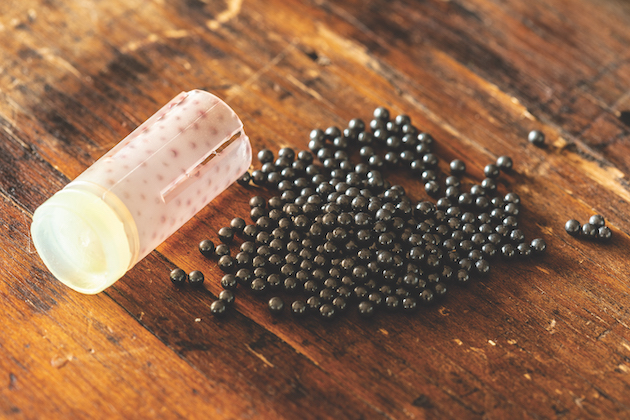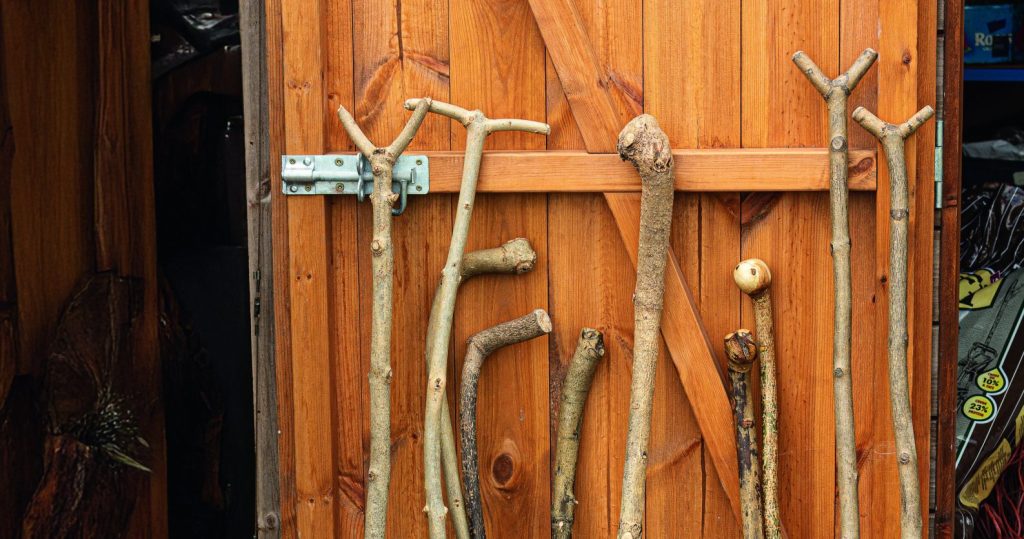Win CENS ProFlex DX5 earplugs worth £1,149 – enter here
Why the lead shot deadline should be extended
 2B2H7A4 A fired/empty 12-bore, or gauge, plastic shotgun cartridge with lead shot on a white background. There are moves in the UK to switch to alternative me
2B2H7A4 A fired/empty 12-bore, or gauge, plastic shotgun cartridge with lead shot on a white background. There are moves in the UK to switch to alternative me
One lesson most of us learn pretty early in life is to not make promises we can’t keep. Doing so risks credibility and trustworthiness. Failing to deliver on a personal assurance is always bad enough but nowhere near as bad as stupidly making one for other people. Yet that’s exactly what our shooting organisations have done.
Before the pandemic hit they proclaimed a lead shot deadline, stating on behalf of cartridge makers that the industry would develop eco-friendly wads and cases in time for the sport to phase out lead shot and plastic shot cups in five years.
Lead shot deadline
Trouble was, they didn’t consult the loaders widely enough before going public with a green initiative that even their members hadn’t been consulted on.
Cartridge manufacturers responded by saying they’d certainly do their best but they couldn’t guarantee delivery of ‘steel suitable’ wads and cases in the time available. Of course this was not what the organisations wanted to hear and they reacted sharply, claiming they had been led to believe – by a cartridge maker no less – that eco products already in development would be ready by then. All the manufacturers were bluntly told: “Get on with it.”
In many ways it was an understandable reaction, considering how the groups had so publicly nailed their colours to the non-plastic mast. They announced: “There have been significant developments in the quality and availability of non-lead shotgun cartridges, and plastic cases can now be recycled. For the first time, biodegradable shot cups for steel shot, with the necessary ballistics to ensure lethality, are available.
“These welcome advances are continuing at an ever-quickening pace… such advances mean that, over the coming years, a complete transition is achievable.”
Given very fair weather and a following wind this far-away dream of a lead-shot deadline might still come true, but it’s looking increasingly unlikely. And thanks to recent events the promise might yet come to bite them on the backside.
Scrapped
In an open letter to the organisations and sporting press, major cartridge importer Nick Levett-Scrivener of Shooting Star now says the present deadline should be scrapped.
He argues: “Because of COVID-19 the past 18 months in the cartridge industry has been taken up with survival rather than studying an alternative to lead. In fairness to everybody the five-year clock should be restarted… from February 2022.”
His request will go down like a lead balloon among shooting’s representative bodies. But he makes several other compelling reasons for delaying the start.
Among them are:
- A worldwide shortage of steel shot
- A failed cotton harvest that has resulted in a dire shortage of double based gunpowders needed to propel steel shot safely
- Not enough shotgun cases to meet demand
A combination of these and the need for more research into non-plastic wad development means that “the National Game Dealers Association’s target of putting lead-free game into the market from next year is going to be impossible, given the shortage of steel shot cartridges out there”, says Nick.
In fact, the only way to get within even 50% of expected demand for non-lead cartridges is, he says, to continue loading with heavy plastic shot cups – something that will not appeal to landowners or shoots.
“Eighteen months ago there was a death warrant issued for lead cartridges circulated by many of the organisations purported to represent the countryside and country sports,” says Nick.
“This very sorry picture has not been explained to the sportsmen and women of this country who, in our opinion, have been badly let down by the organisations they support and the game dealers they sell to.”
If his plea doesn’t bring a rethink and positive response, perhaps the British Proof Authority and the Gun Trade Association might tip the scales in favour of some vital extra time.

Customers must be made aware of the risks of steel shot
Problems
A number of guns have recently come to their attention with chamber cones damaged by steel shot fired from cartridges probably shorter than the actual chamber length, and seemingly loaded with non-plastic shot cups.
The advice now to shooters is to ensure the steel cartridge they use is “an exact fit… and must have the same dimensions as the proof mark for chamber size”. (Read is my gun safe with steel shot?)
This new guideline has very serious ramifications indeed for shooters and the gun trade because most modern guns are now built with 3in chambers as a matter of course. Owners of 3in chambered guns without High Performance (HP) steel proof will need to use 76mm standard steel loads which – as gunmaker Jason Harris of Trulock & Harris points out – ‘simply don’t exist’. The new advice also means those with 3in guns carrying HP proof will have to use expensive, heavy recoiling 76mm magnum cartridges for all their shooting. Shooters will shudder at the thought.
As for the gun trade, Jason sums it up when he says: “Essentially I have a shop full of guns that are not compatible with the cartridges now being manufactured. If we do have problems with steel shot – and I think we do – then I’d rather know about it sooner not later.
“I need to make customers aware there could be a risk rather than have them come back moaning their prized gun is ruined and I hadn’t made them aware of the possibility of damage,” he adds. “As gun dealers we sell the cartridges and the guns, so naturally we are the first port of the call for the customer when either, or both, goes wrong. All I want to do is avoid being left without a chair when the music stops.”
In addition to this latest concern from the Proof House, other issues still need to be addressed regarding non-plastic wadding materials and their development.
BASC has long been telling us that steel loads in non-plastic shot cups are safe to use in most nitro-proofed guns, even older ones. That’s another promise that could be about to go up in smoke.
The problem here is that it only needs one wad carrying a steel load to fail during firing and expensive barrel damage amounting to thousands of pounds can ensue. Who then compensates an aggrieved owner?
Yes, advances have been made with new materials but how stable are they in damp, cold weather? What shelf life do they have? Can they degrade in storage?
Until these questions are answered in full, here’s one shooter who’s going to steer well clear of any steel load that doesn’t sit inside a heavy-duty plastic shot cup. The heavier the better. They might be bad for the environment but unless cartridge makers get more time to perfect the alternatives, they’re still the best thing we have right now. So for heaven’s sake, stop the clock on the lead-shot deadline.
Related Articles
Get the latest news delivered direct to your door
Subscribe to Shooting Times & Country
Discover the ultimate companion for field sports enthusiasts with Shooting Times & Country Magazine, the UK’s leading weekly publication that has been at the forefront of shooting culture since 1882. Subscribers gain access to expert tips, comprehensive gear reviews, seasonal advice and a vibrant community of like-minded shooters.
Save on shop price when you subscribe with weekly issues featuring in-depth articles on gundog training, exclusive member offers and access to the digital back issue library. A Shooting Times & Country subscription is more than a magazine, don’t just read about the countryside; immerse yourself in its most authoritative and engaging publication.







